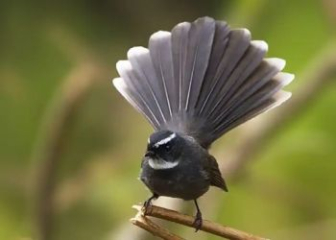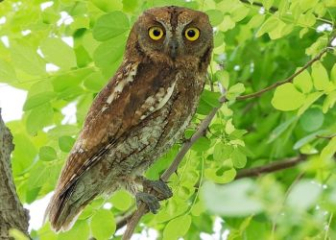Macaw Parrot - Characteristics and how to raise the most colorful parrot in the world
Blog | by
Macaw parrots are the largest and most colorful parrots with more than 17 different breeds. They are intelligent, interact well with humans, and like to live in flocks.
With its colorful plumage, large size and outstanding intelligence, the macaw parrots has become one of the most popular pet birds today. Besides being known as a symbol of the wild beauty of South America, the Macaw is also famous for its ability to "mimic" and communicate at a high level.
If you want to learn more about Macaw parrots, please refer to the content shared by nicebirds in the article below!
Origin of Macaw Parrot
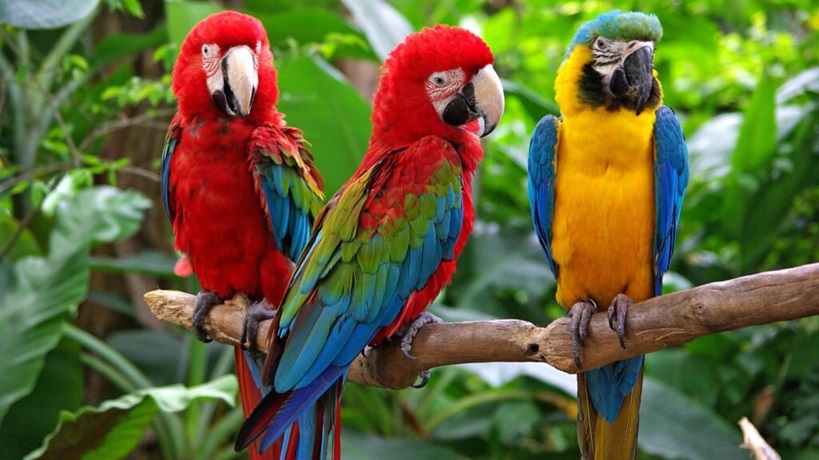
Macaws with colorful colors.
Macaws are native to the tropical forests of Central and South America, especially the dense forests of Brazil, Colombia, Peru, Paraguay and the Amazon region. They prefer humid environments, tall trees and diverse ecosystems that provide the Macaw with both shelter and food.
The ancestors of the Macaw parrot appeared millions of years ago. Over time, the Macaw gradually developed and had more than 17 different species, each with its own characteristics suitable for each ecological region.
However, in recent decades, Macaws have been hunted for the pet bird trade, resulting in a serious decline in the number of Macaws in the wild.
Macaw Classification
Currently, Macaw parrots are divided into 17 different species, each with different physical characteristics, colors, and habitats. Below are some of the most common groups of Macaw parrots.
Scarlet Macaw (Ara macao)
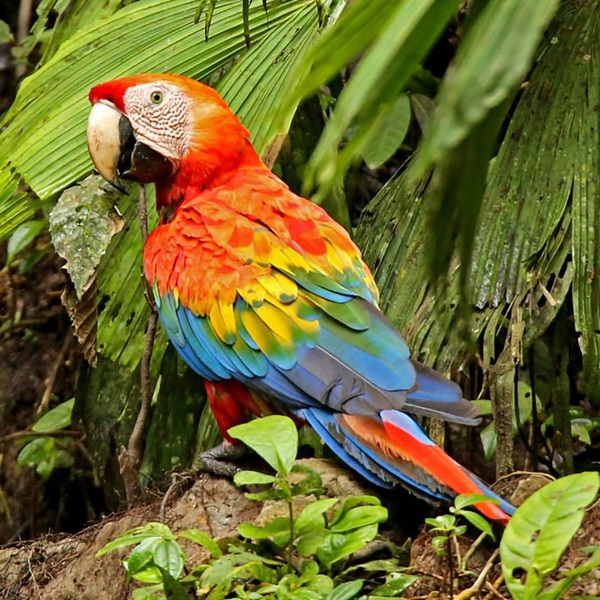
A Scarlet Macaw with beautiful, colorful fur.
Scarlet Macaw has a bright red main coat color, with some blue and yellow streaks on the wings. They are lively and loyal. Distributed in the tropical forests of Central and South America.
Blue and Gold Macaw (Ara ararauna)
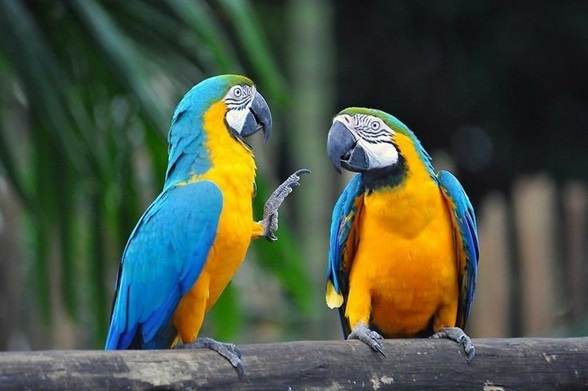
Two Blue and Gold Macaws are perched on a tree branch.
This is the most colorful Macaw species with blue back and wings, bright yellow chest and belly, and white markings on the face. They are common in areas from Panama to Brazil. They are easy to keep, good at mimicry and are popular among pet birds.
Green-winged Macaw (Ara chloropterus)
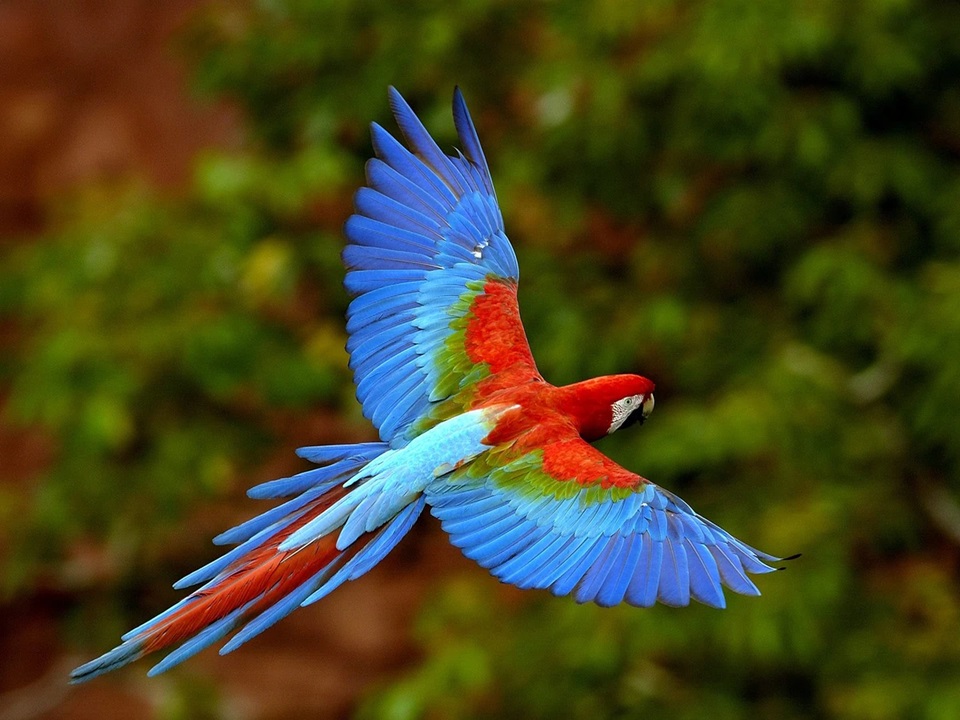
Image of Green-winged Macaw spreading its wings in the sky.
The Green-winged Macaw has a similar coloration to the Scarlet Macaw but has a green stripe in the middle of its wings and is found mainly in South America. This parrot is very large but has a more calm temperament than the Blue and Gold Macaw.
Hyacinth Macaw (Anodorhynchus hyacinthinus)

The Hyacinth Macaw's massive appearance.
The Hyacinth Macaw is the largest of the macaws, growing up to 1 meter in length. Its body is dark blue, with yellow around its eyes and the base of its beak. Today, it is the rarest and most expensive of the Macaw species.
Military Macaw (Ara militaris)
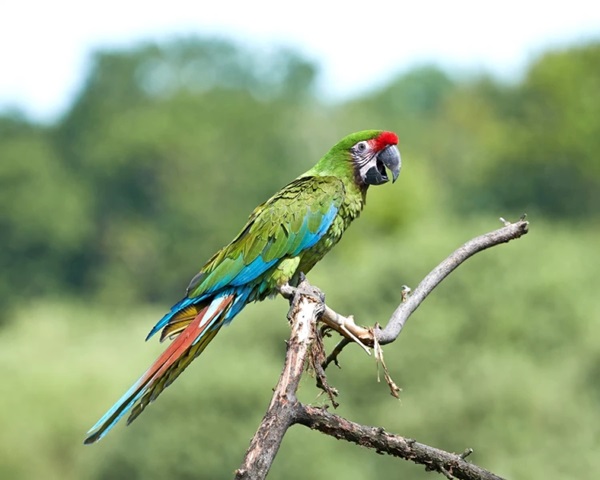
Image of Military Macaw perched on a dry tree branch.
Military Macaws are found mainly from Mexico to South America. They have a predominantly green coat, a slightly purple tail, and a distinctive red spot on their head. Military Macaws are friendly and easy to care for.
Severe Macaw (Chestnut-fronted Macaw) (Ara severus)
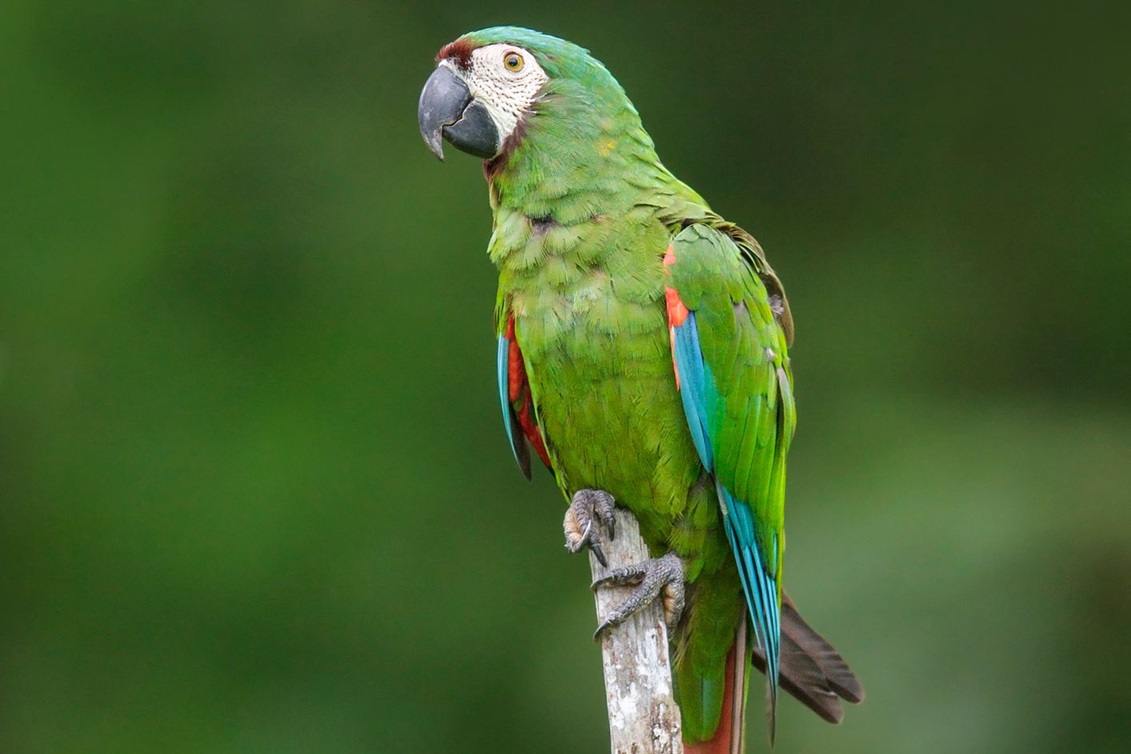
A small Severe Macaw.
Severe Macaw is the smallest Macaw, the main color is green, except for the forehead which is light brown. This parrot is very suitable for small spaces.
Appearance of Macaw parrot

The colorful plumage of Macaw parrots.
Macaw is a large parrot with colorful feathers, very recognizable among many other parrot species. Let's learn more about the physical characteristics of this parrot breed.
- Size : Average 80 - 100 cm, depending on species.
- Wingspan : Up to 1m2
- Weight : Varies from 900 grams - more than 1.5 kg.
- Head : Round, high forehead, with white or pale yellow bare skin around the eyes.
- Beak : Large, curved, very strong. Black or grey depending on species.
- Tail : Approximately half the length of the body, straight, slightly pointed at the end.
- Eyes : Round, large, sharp.
- Coat color : Colorful, varied, often a mixture of blue, red, yellow, green and orange. Each species has a characteristic color.
Macaw parrot behavior and habits
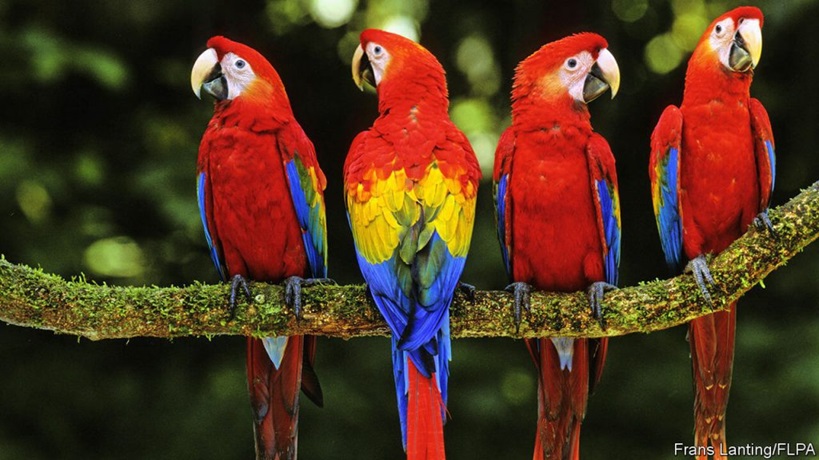
A flock of Macaw parrots are perched together.
Macaws are not only striking in appearance, but they also impress with their unique temperament and behavior, reflecting their intelligence and high sociality. Let's find out the details below.
Like to live in a pack
Macaws love to live in packs, which can range from a few to a few dozen. Living in packs helps them find food more easily and protect each other from predators.
In the wild, Macaws also have monogamous relationships with their partners, and they tend to stick together for a long time.
Communicate by sound
Macaws can communicate with each other using a variety of calls, from chirps and howls to loud screams that can be heard for miles. They also use calls to warn, mark territory, and stay in touch with other members of their group.
Fly very well
Macaws are one of the birds with excellent flying ability, they can fly continuously for dozens of kilometers without feeling tired. Besides flying, they also like to climb and are very good at this thanks to using their flexible beak and feet.
Smart, good interaction
Macaws are very intelligent parrots, they can easily learn new skills or "imitate" human voices, other sounds, some can even solve simple math problems.
This parrot also loves to play with toys and has the ability to express emotions through behavior such as anger or joy.
Nest in tree cavity
In the natural environment, Macaw parrots often nest in large, tall tree cavities to protect the nest and avoid being prying eyes from predators.
They also do not have the habit of building nests with materials, but only choose available tree holes and lightly line the inside.
Reproductive habits of Macaw parrots
Macaws do not have a fixed breeding season, they can mate at any time of the year if the conditions are ideal. The process goes like this:
- Each breeding season, a Macaw will usually lay 2 - 4 eggs.
- The female parrot will incubate the eggs for about 25 - 30 days, at this time the male parrot will be responsible for finding food and protecting the nest.
- The chicks need care after hatching and only leave the nest after about 10 - 12 weeks.
Instructions for raising Macaw parrots properly
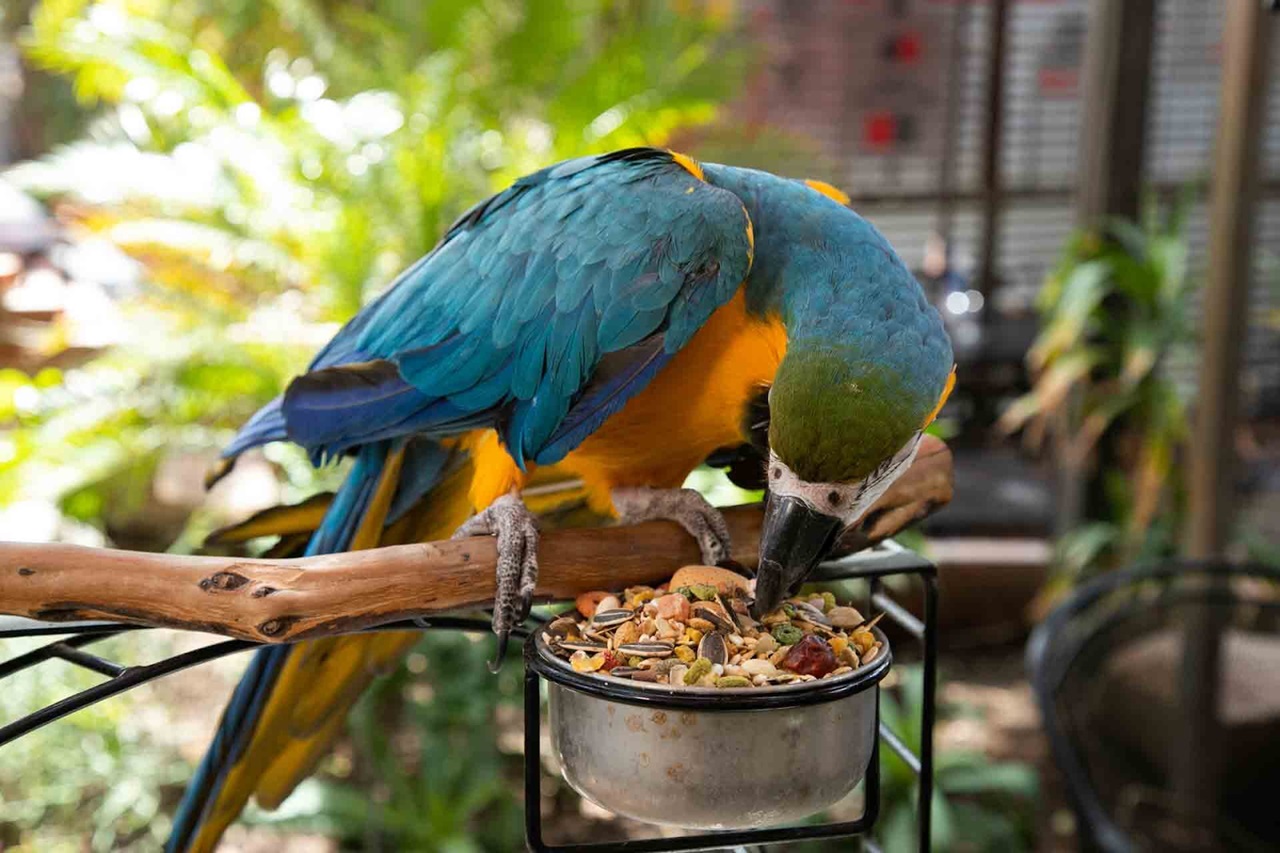
Image of a Macaw parrot kept in a cage.
Raising Macaw parrots requires high techniques and is completely unsuitable for those who have no experience in bird keeping. If you want to raise a healthy, intelligent, long-lived Macaw, follow the instructions below.
Prepare suitable cages and living space
Macaw parrots are very large in size, so in order for them to adapt and thrive in captivity, you need to prepare a spacious living environment. Specifically as follows:
- Dimensions : 1.5 x 1.5 x 2 m (length x width x height).
- Cage material : Choose stainless steel, with bars thick enough that the Macaw cannot chew through them.
- Cage location : Should be placed in a cool place, avoid strong light and direct wind, do not place in a noisy place.
- Decorate the cage : Install wooden bars and tree branches so they can climb or rest.
Proper diet
Macaws are not too "picky eaters", they can eat fresh food or pellets, specifically as follows:
- Main foods : Cereals, sunflower seeds, cashews, fresh fruits such as apples, oranges, bananas, papaya,...
- Supplemental food : Specialized bran for parrots.
- Clean water : Provide enough, change daily.
- Foods to avoid : Chocolate, coffee, onions, garlic, butter,...
Practice and interact
Macaw parrots are very intelligent, however you need to stimulate their intelligence regularly with appropriate games and toys to make them more active.
In particular, every day you need to spend time interacting, talking and training so that the parrot feels happy and not stressed.
Common diseases in Macaw parrots
Macaws are healthy birds, but if their living environment and diet are not suitable, they can get some dangerous diseases. Below are the most common diseases, let's learn more!
|
Disease name |
Reason |
Symptom |
How to handle |
|
Fluffy, unusual hair loss |
Malnutrition Parrots are stressed. Polluted living environment |
Hair is rough and falls out in patches Macaws pluck their own feathers. |
Change your diet Add more vitamins Limit behaviors that stress birds Clean the cage |
|
Respiratory disease |
The weather changes suddenly The cage is exposed to direct wind. |
Bird sneezes Shortness of breath Wheezing |
Place the cage in a sheltered place and keep the bird cage warm. If symptoms are more severe, take the patient to the veterinarian for timely treatment. |
|
Psittacine Beak and Feather Disease - Psittacine Beak and Feather Disease |
Caused by a virus |
Hair falls out and does not grow back Deformed and weakened beak |
There is no cure for this disease, so you need to isolate sick birds and clean the cage to avoid infecting other individuals in the cage. |
|
Diarrhea |
Unhygienic food Dirty drinking water Parrots with intestinal infections |
Parrot has loose stools with foul odor. |
Change to fresher, more hygienic foods. Clean the cage If symptoms are severe, take your pet to the vet. |
|
Dermatitis |
Parasites, fungi Due to polluted living environment |
Peeling skin Rough beak Legs appear scaly, white spots |
Use antiparasitic medication as directed. Clean the cage regularly |
|
Stress - Behavioral disorders |
Lack of interaction Narrow cage Parrot feels lonely |
Macaws scream a lot Self-biting Breaking the cage, not eating |
Interact with your parrot more often. Change to a more spacious cage. |
How much does a Macaw cost?
In the Vietnamese bird market, Macaw parrots are very expensive, ranging from a few dozen to a few hundred million, depending on many factors such as species, age, color, tame ability,... Below are some common Macaw parrot prices, let's find out more.
|
Macaw parrot |
Reference price (million VND/head) |
Characteristic |
|
Baby Macaw |
3 million - 60 million VND/child |
Not tame, price depends on age. |
|
Adult Macaw |
Over 100 million VND/child |
Domesticated, can talk, has beautiful colors, rare |
|
Blue and Gold Macaw |
35 - 45 million VND/head |
Beautiful color, untamed parrot |
|
Scarlet Macaw |
Over 100 million VND/child |
Depending on age, speaking ability |
|
Rare Macaw |
From a few hundred to a few billion dong |
Depends on rarity |
Notes when buying Macaw parrots:
- Buy from reputable stores to ensure the origin and quality of the parrot.
- Carefully observe the parrot's health condition such as feather color, eyes, and beak to ensure the bird is healthy.
- If the parrot is tame, check its speech status.
Macaw parrot pictures
Below is a collection of photos of Macaw parrots - famous for their colorful feathers and excellent intelligence. Let's admire more to fully appreciate their beauty!
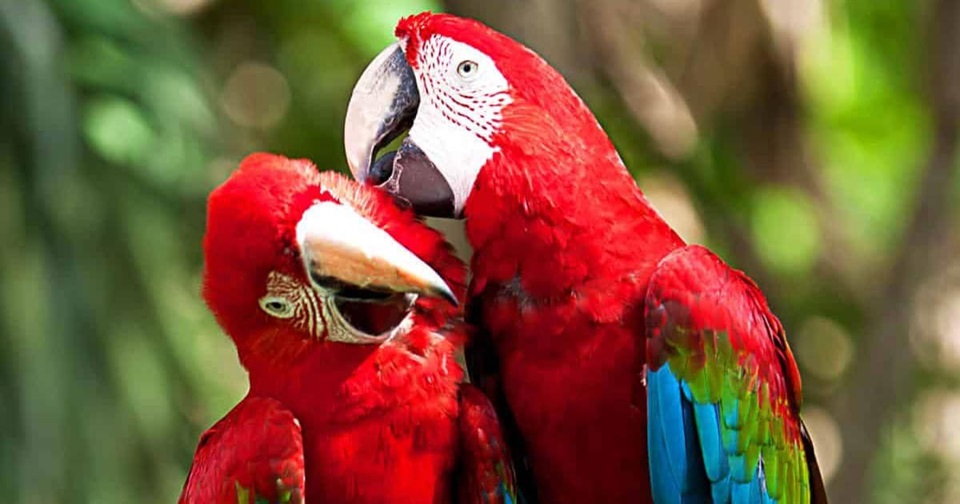
Image of two red-feathered Macaws cuddling each other.

A Macaw with a long tail flying in the sky.
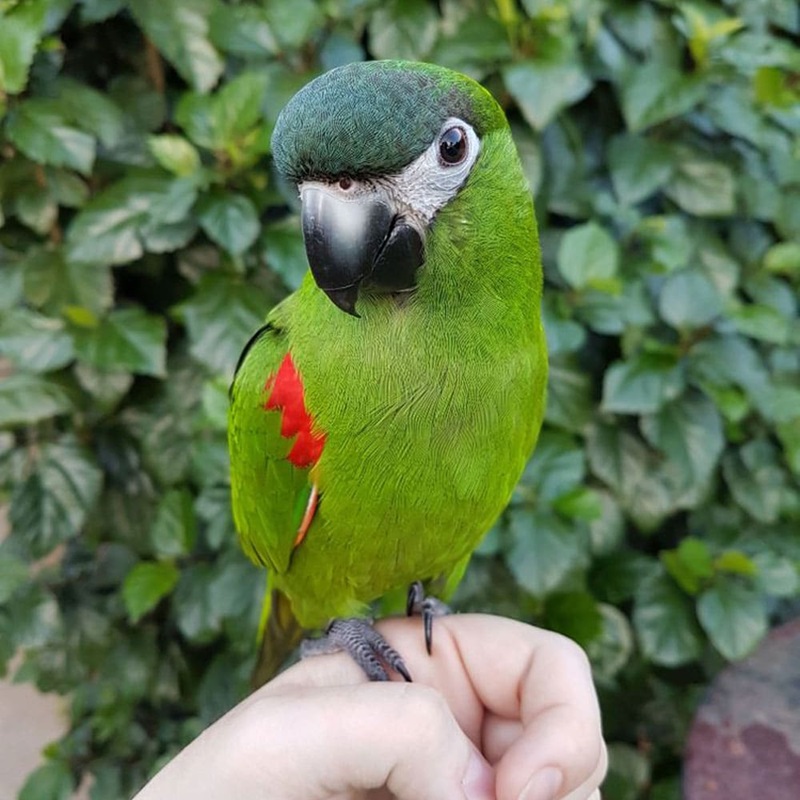
Mini Macaw - Hanhns Macaw.
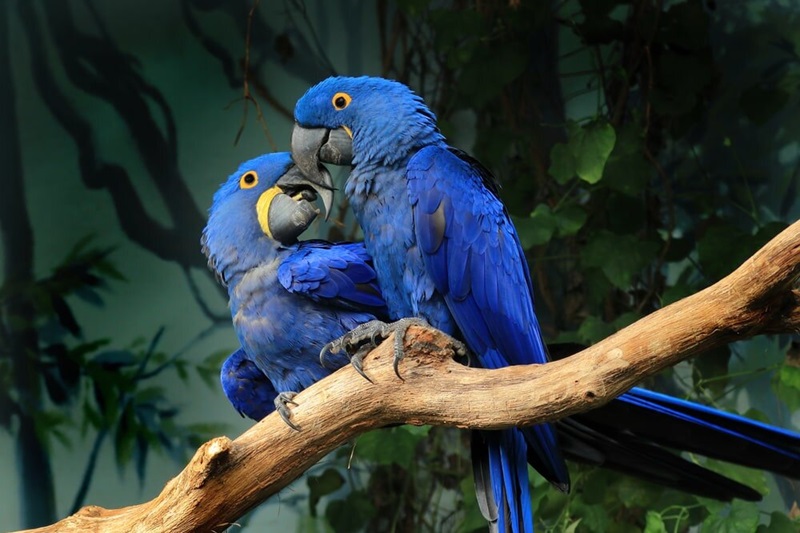
Picture of two green macaws
Through the above article, nicebirds.net has shared with you information related to Macaw parrots from origin, classification, behavior to care techniques. Hopefully you have a better understanding of this colorful, intelligent parrot species.
Don't forget to visit our Blog section to learn more about a richer world of birds!

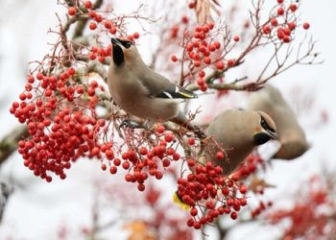

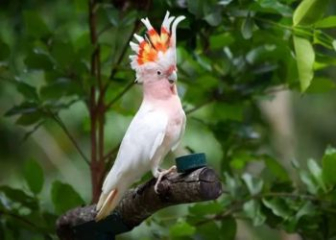
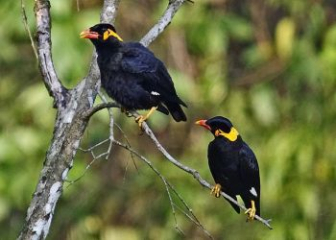
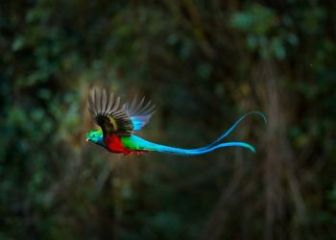





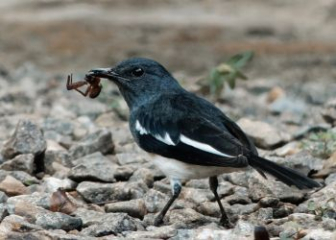
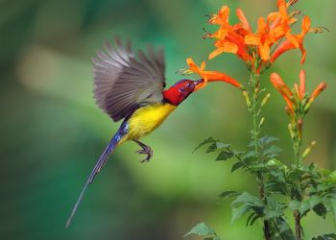


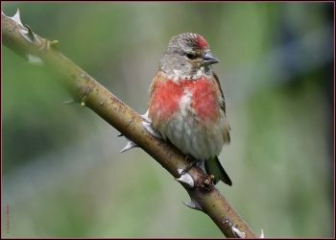
_350x250.jpg)
